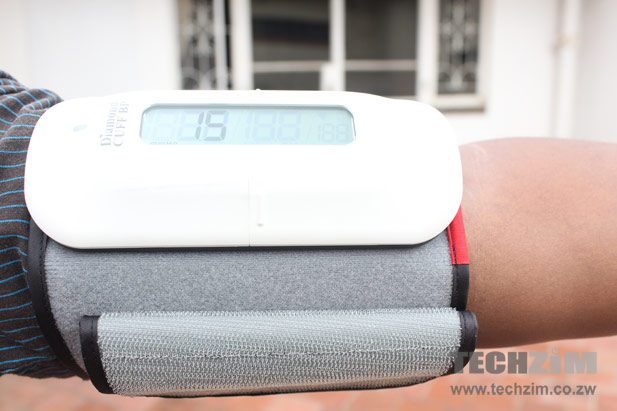
High blood pressure and diabetes are the most common chronic diseases. Hence they are the target of many interventions. One example of such intervention that is facilitated by tech medicine is the use of self monitoring tools and devices.
Though these devices and the accompanying software don’t replace medical practitioners, they let the patients keep track of their current condition which is a very important contribution.
As a result self monitoring yields the best outcome. There are less complications and better adherence to drugs.
As one would expect there is a huge market for these devices. Unfortunately this also means there is a lot of competition. There is a myriad of devices out there, from different manufacturers.
I recently took a closer look at two such devices; The FORA Diamond Cuff BP which is used as a blood pressure monitoring system and the FORA Diamond MINI which is a blood glucose monitoring system.
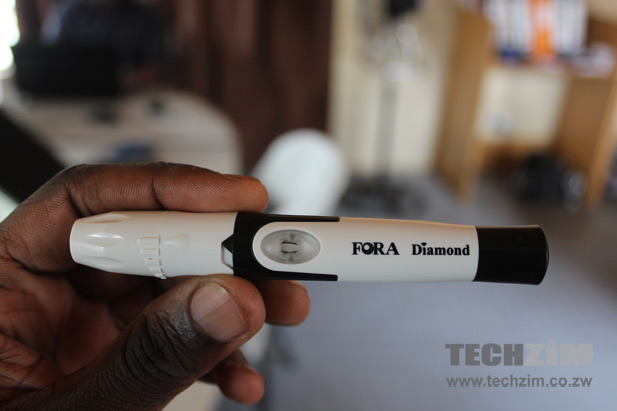
With the latest models like the ones we had having been launched last year, both devices are available in several local pharmacies, with varying prices depending on the retailer’s own mark up. The average cost of these models and the traditional older ones available currently is around $50.
As a marketing strategy some retailers give their machines to newly diagnosed diabetics for free! The machine might be costing $30 but they get a return from the sales of diabetic glucose strips.
Each device has a unique testing strip. Since diabetes is life long the patient will be buying that particular strip for the rest of their lives. Test strips can cost as much as $20 a month or more!
Each device is fairly easy to use, with supporting material that comes as standard. It isn’t a smartphone so taking time to read through the manual would be a great idea.
In any case, the pharmacists or prescribing medical practitioners generally take time to walk users through the basic dos and dont’s of the device. There is also the option to Google through it all.
Compared to the various other options already on the market, these two deliver the same basic functionality, which is giving instant self measurement of BP or blood glucose. However they also have some added features that offer some edge over rivals in this space.
These added advantages include;
1. Connection to a smartphone which allows a patient to send an email of readings to a doctor for quick review
2. The app has the advantage that it prepares a trend graph of the readings as well as automatically calculates an average. This is the information that is most useful to clinicians. Based on the trend drug dosages can be adjusted
3. The app also has colour indicators to interpret a reading whether if it is normal or dangerously high
4. The app comes with answers to FAQs that are quite detailed. It is able to teach about causes, complications, drug mechanism of action and pill identification. It’s virtually all a patient needs to know
5. App is available on iOS and Android as well
6. USB rechargeable batteries
7. The app allows a patient to post a blood pressure reading on Facebook (for what reason, I don’t know)
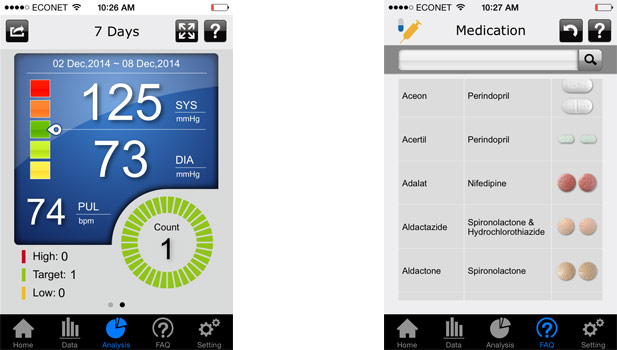
An improvement that can be made to this app would be to add a social interaction platform with other diabetics or hypertensive patients. Perhaps local startups can think of similar additional app functions that can be integrated to the existing service?
After all, it is the Zimbabwean app developer/ medical practitioner who has a better insight on what is bedeviling the local medical fraternity.
These kind of smart phone enabled devices are definitely the future for Zimbabwe. They are already the present in some countries where they are used extensively.
There is a market for them locally and they also mean possibilities for solution providers that can customise them further for the local climate.


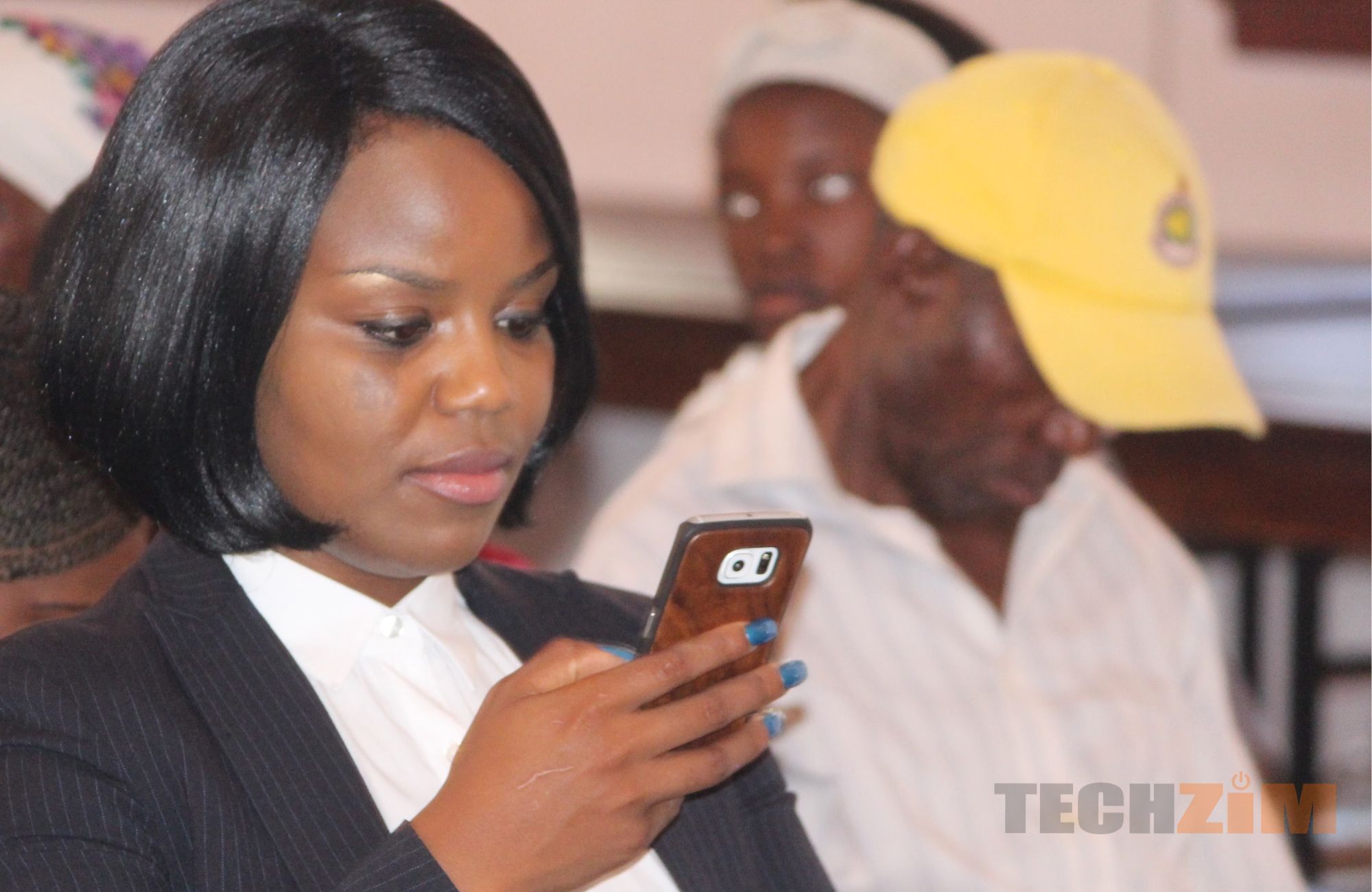

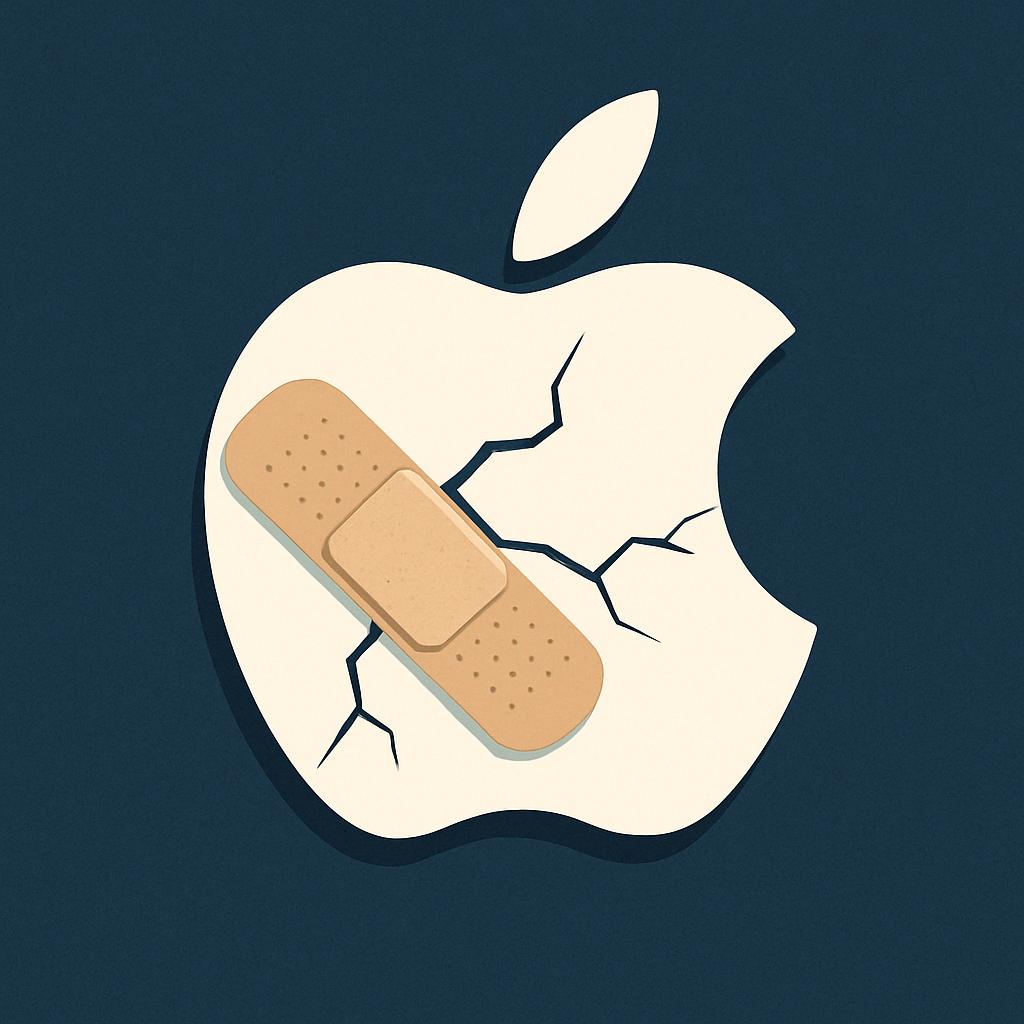

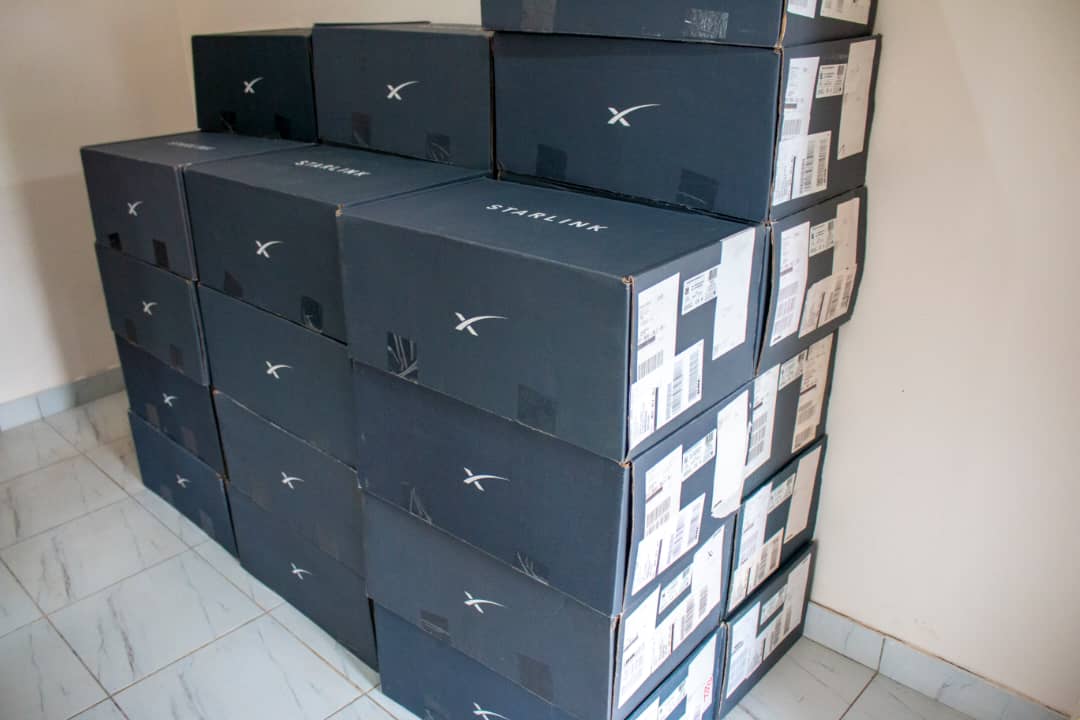
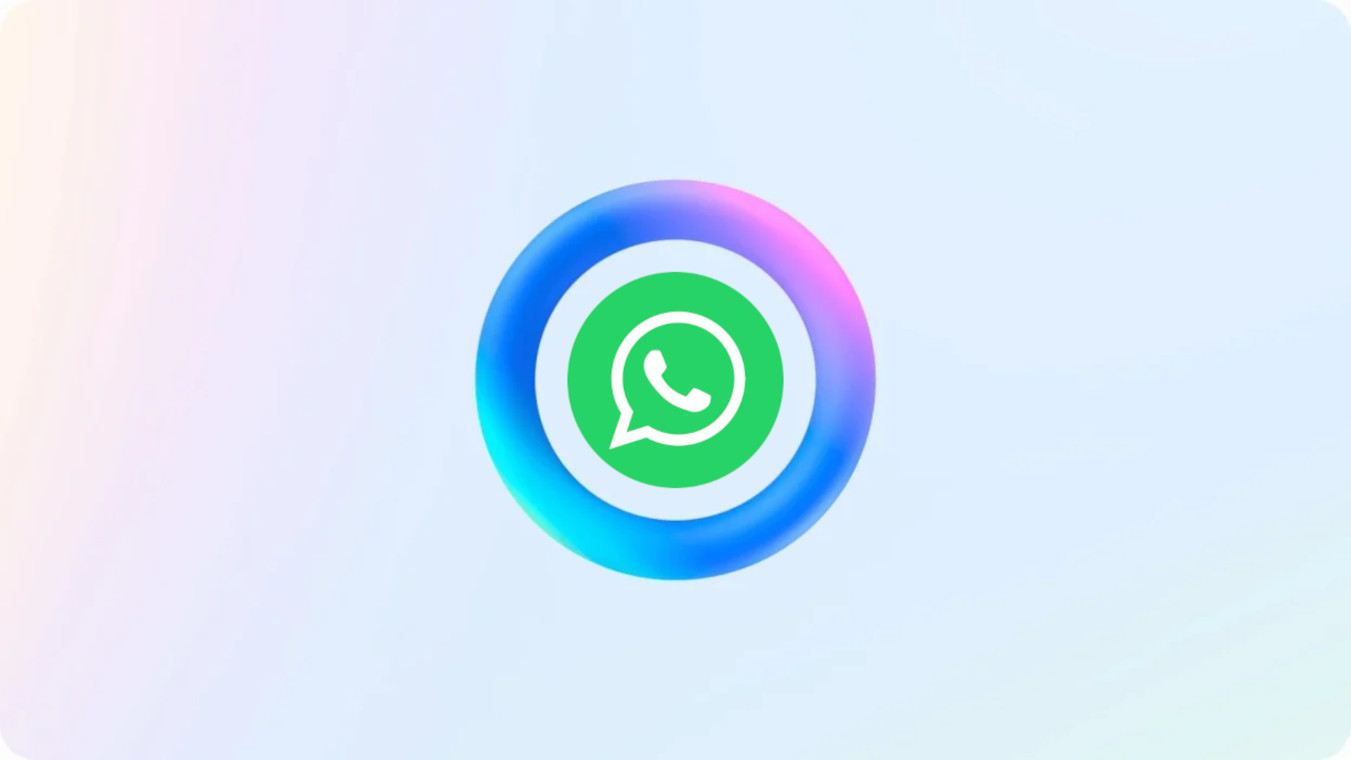





Comments
One response
This device is revolutionary and gives back control to the Patient to monitor their healthcare. Available in leading pharmacies and distributed by Utano Africa Limited.